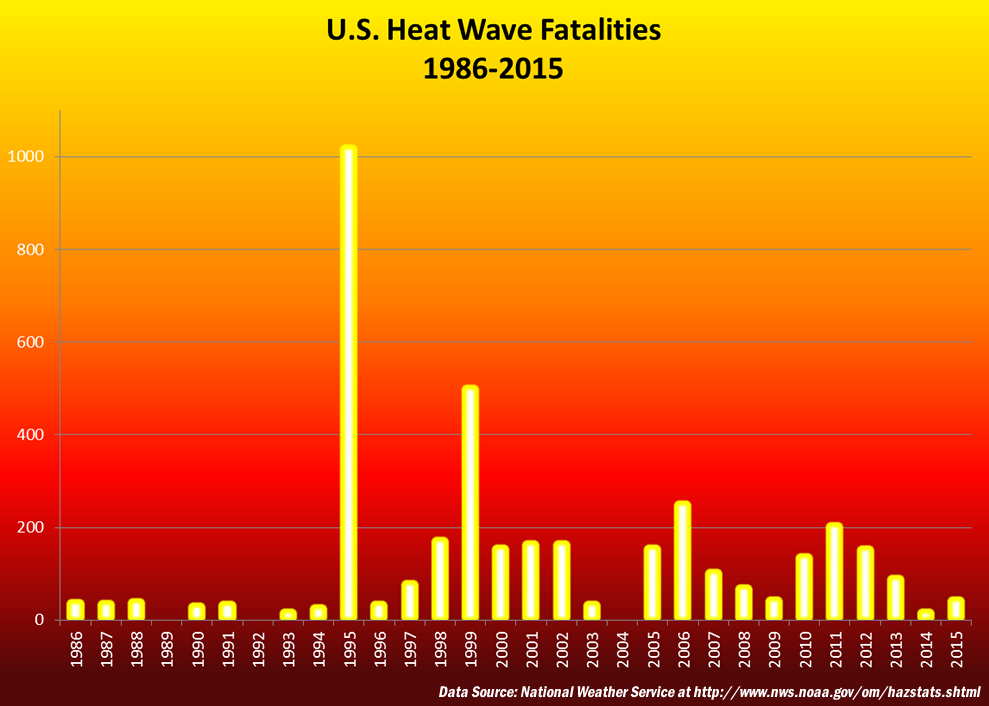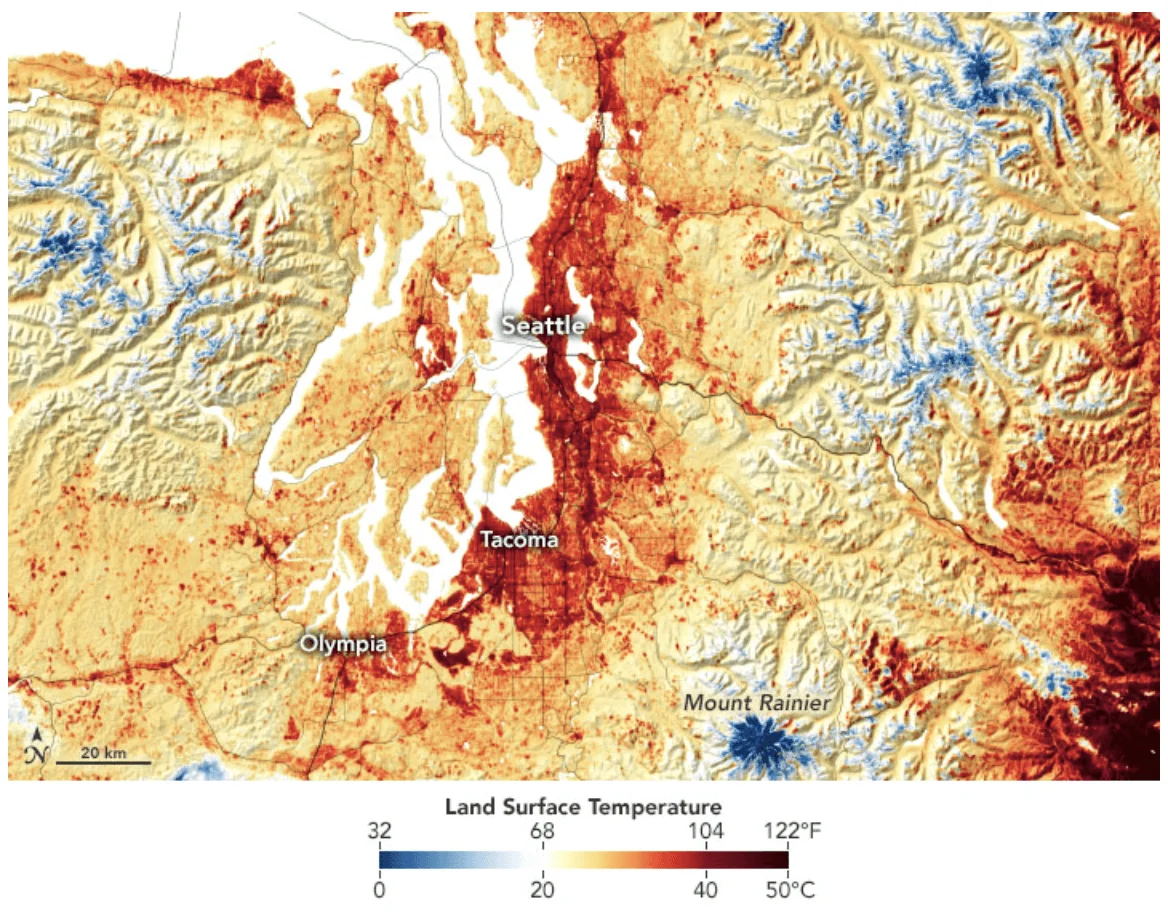We’re bringing you exclusive content from our newsletter, The Forecast, right here on Medium. Sign up here. This story is from our feature called the Weather Corner, where we take a deep dive into weird weather around the world, from our June 30th, 2021, newsletter.
We’ve written about heatwaves in the past, but the most extreme heatwave ever recorded in the U.S. Pacific Northwest and Western Canada warrants another deep dive into the dangerous weather phenomena.
These record-breaking temperatures are caused by a sprawling, persistent weather phenomenon known as a “heat dome.” As we wrote in our previous Weather Corner on heatwaves:
[quote text=”“Heatwaves happen in a location when air becomes trapped, usually due to a high-pressure system. High-pressure systems force air down toward the ground, preventing the air on the ground from rising. It’s like a lid on a pot: It keeps the air in, where it continues to heat up, and prevents rain from providing relief.“]

Source: CBS News
The intense heating effect intersects with climate-changed conditions, under which the Pacific Northwest has already warmed by about 3 to 4 degrees Fahrenheit since pre-industrial times. (Last year, several cities in the West also hit record highs.)
This ongoing heat dome is notably unprecedented in size, severity, and seasonality. “It’s not only unusual for June, but it is pretty extreme even in absolute terms,” Daniel Swain, climate scientist at the UCLA Institute of the Environment and Sustainability, told NPR. “It would be a pretty extreme event for August,” he noted, which is when these typically occur.

Temperatures are hitting record highs stretching from the Great Plains to coastal California. They aren’t just record high temperatures for that specific date or month, but in some spots like Portland, Oregon, as mentioned above, they are records for the singular hottest day in the entire period of record, sometimes stretching back 100 to 150 years.
Our own Anthony Atlas, Head of Product & Growth here at ClimateAi, lives on the San Juan Islands in Washington state and described the ongoing weather. “I’m on an island, a maritime climate — no one and no systems are prepared for heat like this,” he said. “The grid is having trouble. The Internet is out. Hardware stores sold out of all fans (they got 3 pallets, and sold them all within 2 days). No one has AC.”

Image source: Anthony Atlas
These high temperatures are dangerous, and some are more vulnerable than others: Elderly people and very young children suffer more from extreme heat. Those with certain health conditions such as high blood pressure and breathing difficulties are also at risk. Even otherwise healthy people, if they are exposed for long durations, such as those working outdoors in agriculture and construction, can experience harm and injury.

Source: Midwest Regional Climate Center
Plus, much of the West is experiencing worsening record drought. The heat and the drought are now making each other worse. Daniel Swain also told NPR that: “The drought is leading to extremely low soil moisture, which is making it easier for these high pressure systems to generate extreme heat waves because more of the sun’s energy is going into heating the atmosphere rather than evaporating nonexistent water in the soil.”
Fruit growers under the heat dome are worrying. The cherry harvest in Washington and the blueberry harvest in British Columbia, Canada, are already in full swing, but the heat will make it difficult for workers to do their jobs — some growers are switching to pre-dawn and sunrise harvests to beat the worst of it.
The extreme heat could also damage some of the crops themselves. This type of heat has never occurred so early in the growing season, so farmers aren’t exactly sure what to expect in terms of yield loss or size shrinkage.
In Eastern Washington, where potatoes are typically grown, forecasts showed high temperatures in the 110s. But researchers have discovered that potatoes stop growing above 95 degrees, so the weather could mean slow growth and/or plant stress.
Some apple orchard owners are looking at preventative measures, such as shade tents, but those can be expensive for farmers operating on tight margins.
Building resilience to extreme heat is possible, from updating infrastructure to creating preparedness plans. In particular, according to the Center for Climate and Energy Solutions, strategies include:
- Creating heat preparedness plans, in which leaders identify vulnerable populations and open cooling centers during extreme heat.
- Installing cool and green roofs and adding cool pavement to reduce the urban heat island effect.
- Planting trees to provide shade and cooling.
- Pursuing energy efficiency to reduce demand on the electricity grid, especially during heatwaves.

